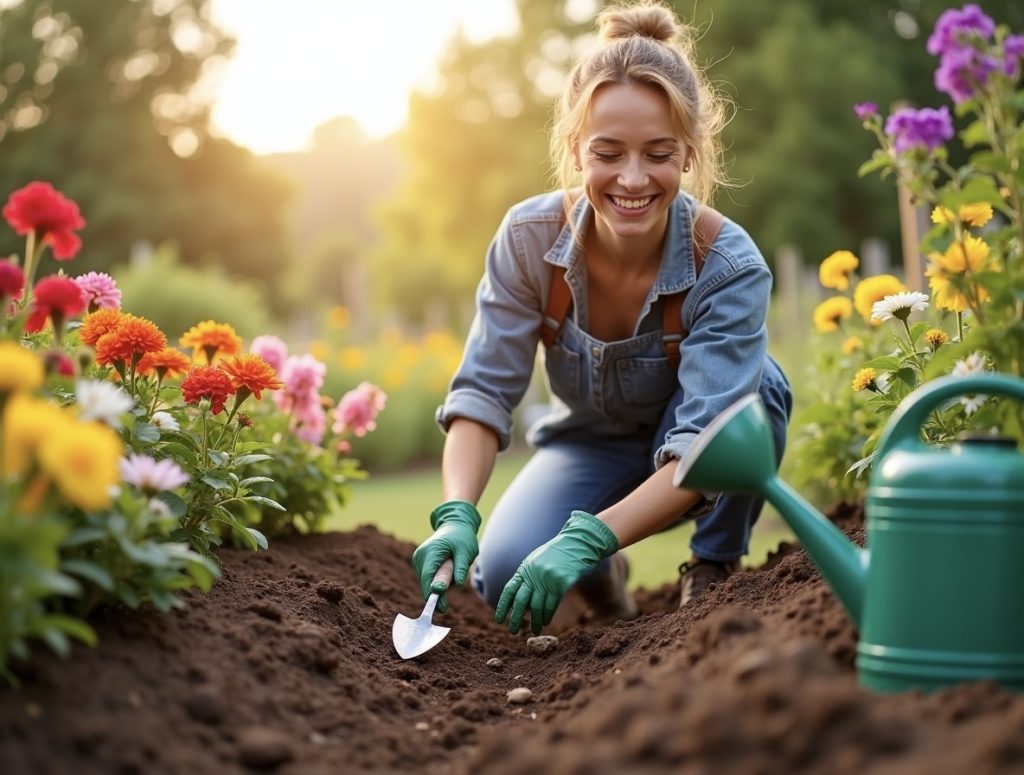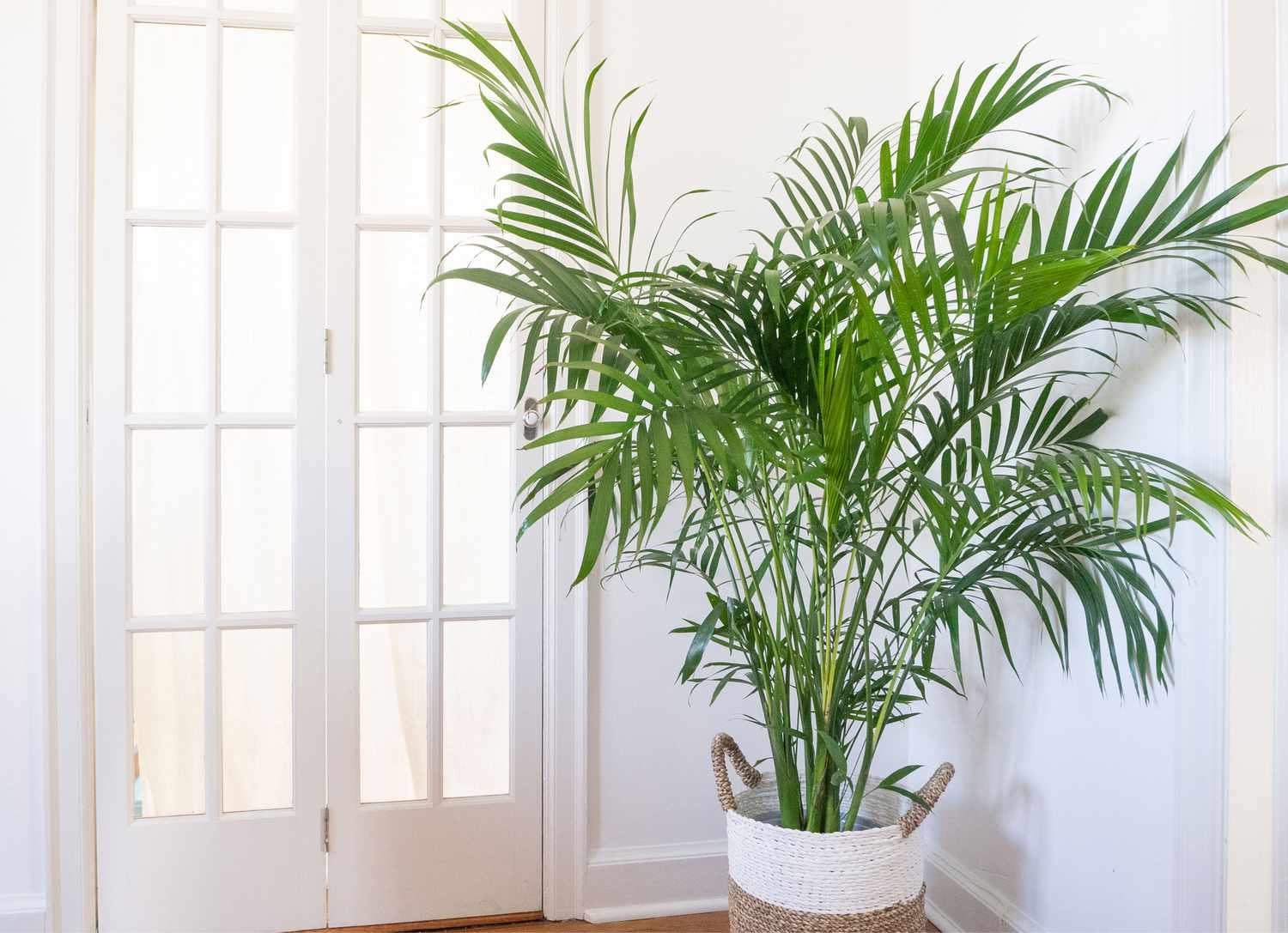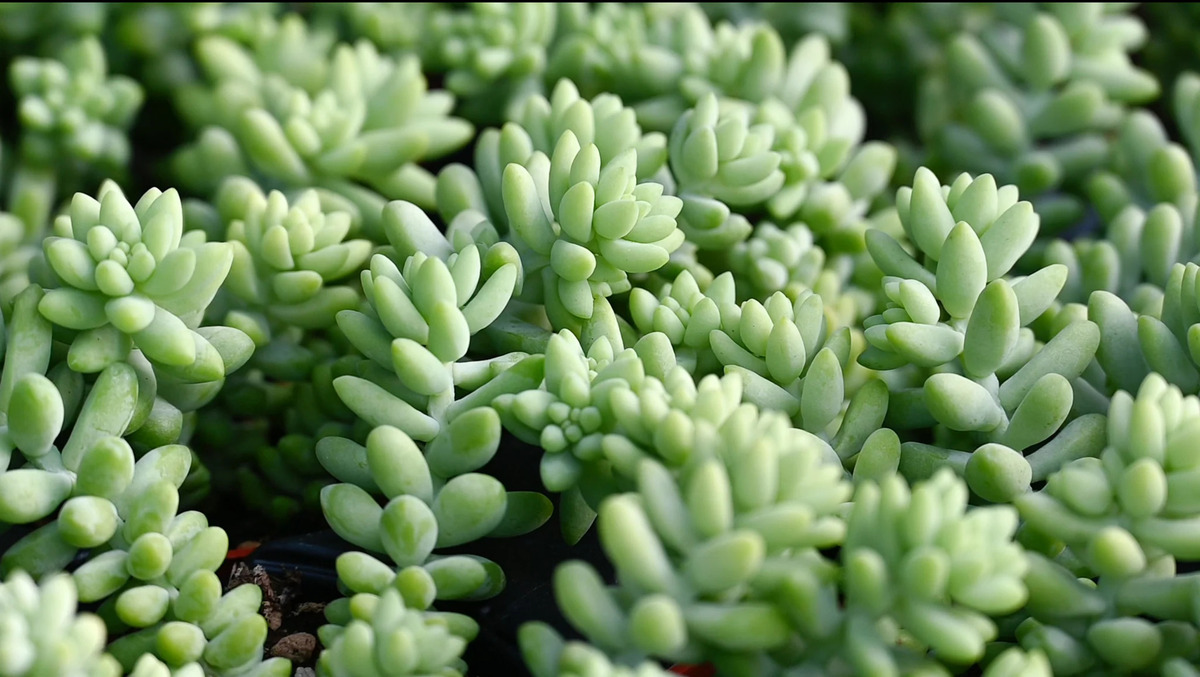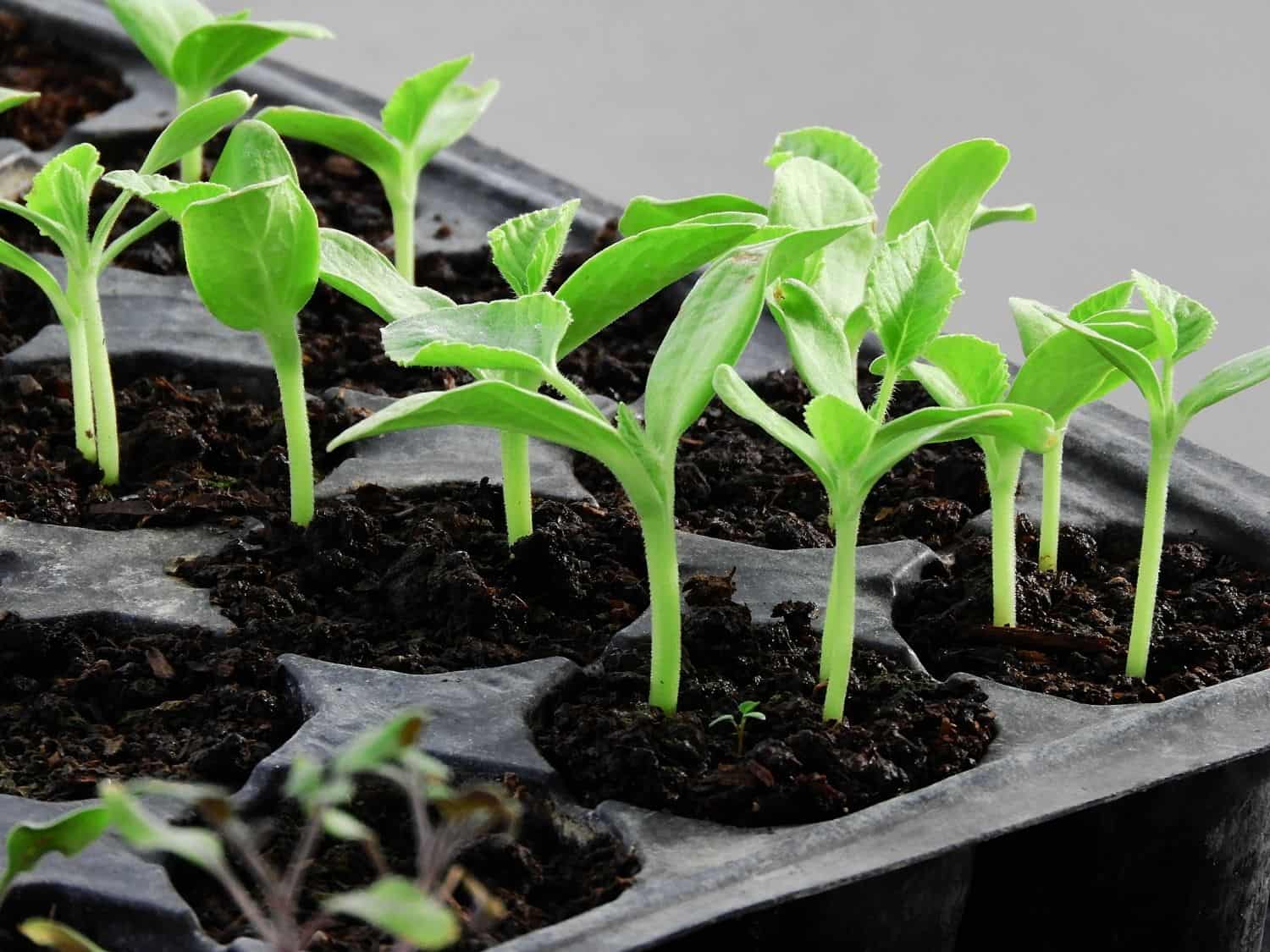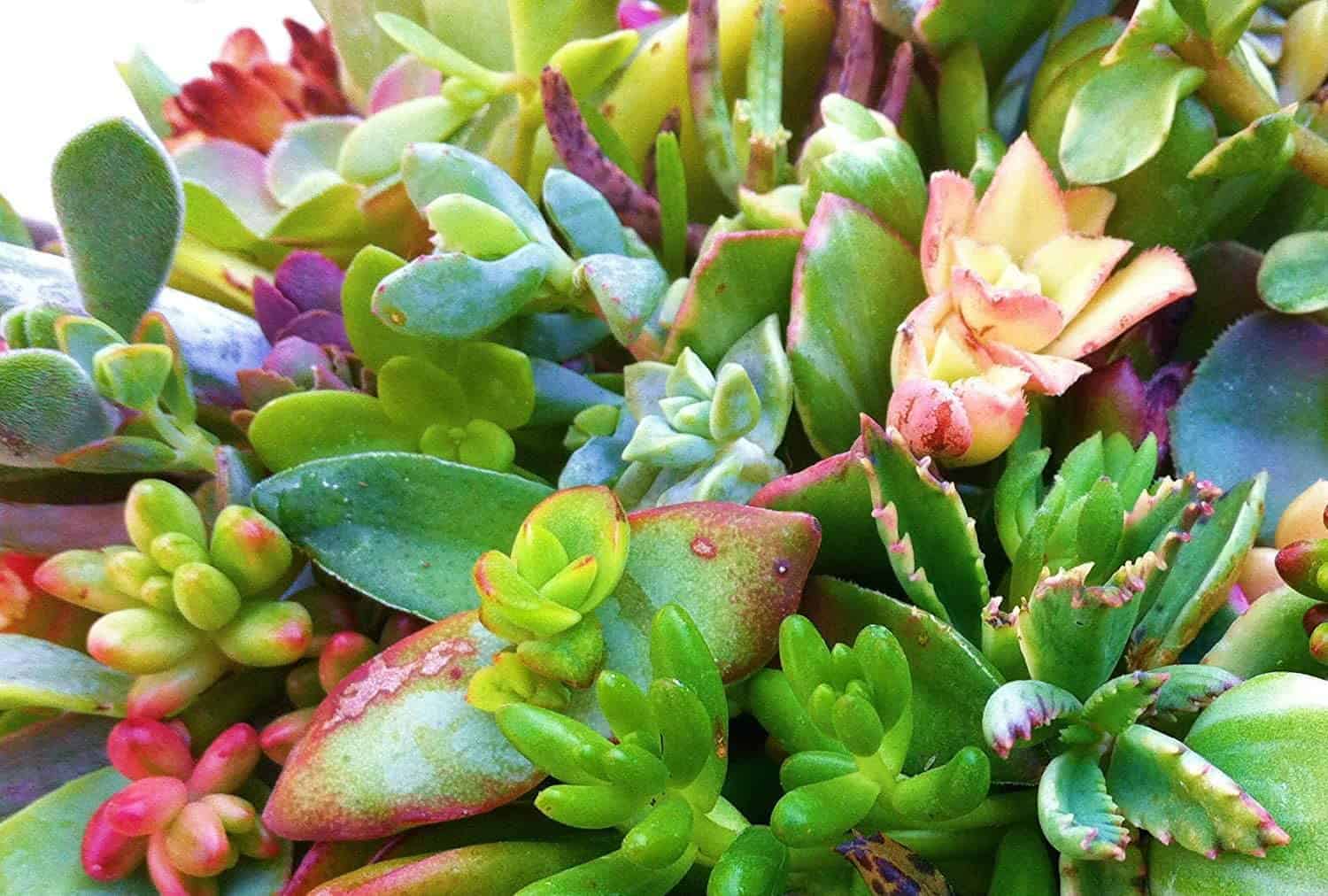Home>Gardening Techniques>Plant Care>How To Care For Gardenia Bonsai


Plant Care
How To Care For Gardenia Bonsai
Modified: January 22, 2024
Learn essential tips and techniques for proper plant care of your gardenia bonsai. Discover how to nourish and maintain the health of your Plant Care gardenia bonsai for stunning results.
(Many of the links in this article redirect to a specific reviewed product. Your purchase of these products through affiliate links helps to generate commission for Chicagolandgardening.com, at no extra cost. Learn more)
Table of Contents
Introduction
Welcome to the fascinating world of gardenia bonsai care! If you’re looking to add a touch of elegance and beauty to your home or garden, a gardenia bonsai is a fantastic choice. Known for their exquisite white flowers and delightful fragrance, gardenias are cherished for their ability to bring serenity and tranquility wherever they are planted.
Gardenia bonsai, also known as Gardenia jasminoides, are miniature versions of the beloved gardenia plant. They are a popular choice among bonsai enthusiasts due to their compact size and captivating characteristics. However, caring for these delicate bonsai plants requires careful attention and knowledge of their specific needs.
In this guide, we will take you through the steps of properly caring for your gardenia bonsai to ensure its health and vitality. From choosing the right location to understanding watering requirements, fertilizing, pruning, and even pest management, we will cover all the essential aspects of maintaining a thriving gardenia bonsai.
Whether you’re a seasoned bonsai enthusiast or just starting your gardening journey, this guide will provide you with valuable insights on how to care for your gardenia bonsai and help it thrive for years to come.
So, let’s delve into the exciting world of gardenia bonsai care and discover the secrets to cultivating a stunning and vibrant bonsai masterpiece!
Choosing the Right Location
When it comes to the health and growth of your gardenia bonsai, choosing the right location is crucial. Gardenias thrive in warm and humid conditions, so it’s important to find a spot that provides the optimal environment for their well-being.
Here are some key factors to consider when selecting the right location for your gardenia bonsai:
- Light: Gardenias require bright, indirect light to flourish. Place your bonsai in a spot that receives morning sunlight and is shaded from the intense afternoon sun. A south or east-facing window is typically ideal for providing the necessary light without exposing the bonsai to direct sunlight, which can scorch the leaves.
- Temperature: Gardenias thrive in temperatures between 65°F and 75°F (18°C to 24°C). Avoid placing your bonsai in areas that experience extreme temperature fluctuations or drafts. Keep it away from heaters, air conditioning vents, and cold drafts from windows or doors.
- Humidity: Gardenia bonsai plants require high humidity levels to thrive. To increase humidity, you can place a humidity tray filled with water beneath the bonsai or use a room humidifier. Misting the leaves with water can also help maintain humidity levels. Avoid placing the bonsai in dry areas or near heating sources that can dry out the air.
- Air Circulation: While gardenias prefer high humidity, they also need good air circulation to prevent fungal diseases. Ensure that the location you choose provides adequate airflow around the bonsai. Avoid crowded spaces or areas with poor ventilation.
By carefully considering these factors, you can provide the ideal conditions for your gardenia bonsai to thrive. Remember to monitor the environment regularly and make any necessary adjustments to ensure your bonsai’s health and vitality.
Watering and Humidity
Proper watering and humidity levels are essential for the health and vitality of your gardenia bonsai. These delicate plants require consistent moisture to thrive, but overwatering can lead to root rot and other problems. Finding the right balance is key.
Here are some tips to help you water your gardenia bonsai effectively:
- Watering Frequency: Gardenia bonsai prefer evenly moist soil, so it’s important to water them regularly. Check the moisture level of the soil by sticking your finger about an inch deep into the soil. If it feels dry, it’s time to water. Avoid letting the soil completely dry out, as this can stress the bonsai.
- Watering Technique: When watering your gardenia bonsai, aim for a gentle, steady flow that saturates the soil evenly. Avoid heavy, forceful watering, as it can disrupt the roots and potentially damage the bonsai. Ensure that water reaches all parts of the root system, but be careful not to oversaturate.
- Humidity: As mentioned before, gardenias thrive in a humid environment. Increasing humidity levels around your bonsai can help promote healthy growth. You can use a humidity tray filled with water and place your bonsai on it. As the water evaporates, it will create a more humid atmosphere. Misting the leaves with water can also provide a boost of humidity.
- Drainage: Proper drainage is crucial to prevent waterlogged soil. Make sure your gardenia bonsai is planted in a well-draining bonsai soil mix that allows excess water to escape. Avoid using heavy clay-based soil, as it retains moisture and can lead to root rot. A mix of organic material, such as peat moss or pine bark, with perlite or vermiculite, provides excellent drainage.
Remember to monitor your gardenia bonsai’s moisture level regularly and adjust your watering schedule accordingly. Factors such as temperature, humidity, and the size of your bonsai pot can affect the frequency of watering. It’s always better to slightly underwater than overwater, as gardenias are sensitive to excessive moisture.
By providing the right amount of water and maintaining appropriate humidity levels, you can ensure that your gardenia bonsai thrives and remains healthy and vibrant.
Fertilizing
Fertilizing your gardenia bonsai is vital to provide it with the essential nutrients necessary for healthy growth and blooming. A well-fed bonsai is more resistant to diseases and pests and will exhibit vibrant foliage and abundant flowers.
Here are some important points to keep in mind when it comes to fertilizing your gardenia bonsai:
- Type of Fertilizer: Gardenias benefit from a balanced, slow-release, or organic fertilizer. Look for a bonsai-specific fertilizer or one that is formulated for acid-loving plants. These fertilizers usually contain higher concentrations of nitrogen, phosphorus, and potassium (NPK).
- Fertilizing Schedule: During the growing season, typically spring through summer, fertilize your gardenia bonsai every two to three weeks. Reduce the frequency to once a month during the dormant period in winter. Be sure to follow the instructions on the fertilizer package regarding the amount to use.
- Application Method: Apply the fertilizer evenly to the soil surface, avoiding direct contact with the trunk or leaves of the bonsai. Take care not to over-fertilize, as this can burn the roots. It’s better to under-fertilize and make adjustments as needed.
- Additional Nutrients: In addition to the regular fertilizer, you can supplement your gardenia bonsai’s nutritional needs with organic matter such as compost or well-rotted manure. This can be added to the soil surface or used as a top dressing during repotting.
Monitoring your gardenia bonsai’s response to fertilization is important. Look for signs of healthy growth, such as lush foliage and an abundance of buds. If you notice weak growth or yellowing leaves, it may be a sign of nutrient deficiency or over-fertilization. Adjust your fertilizing routine accordingly.
Remember to water your bonsai well before applying fertilizer to prevent potential root burn. Applying fertilizer to dry soil can cause damage to the delicate roots. Watering after fertilizing helps to distribute the nutrients throughout the soil.
By fertilizing your gardenia bonsai appropriately and regularly, you can ensure its nutrition needs are met, resulting in a thriving and visually stunning bonsai tree.
Pruning
Pruning is a crucial aspect of gardenia bonsai care that helps maintain its shape, promote healthy growth, and encourage the development of beautiful flowers. Regular pruning also helps remove dead or diseased branches, allowing the bonsai to allocate its energy to new growth.
Here are some key points to consider when pruning your gardenia bonsai:
- Timing: Prune your gardenia bonsai in late winter or early spring, just before new growth begins. This allows the bonsai to recover quickly and promotes vigorous growth during the growing season. Avoid pruning during the dormant period in winter, as the bonsai may have limited energy reserves.
- Tools: Use sharp and clean pruning shears or bonsai scissors for precise cuts. Disinfect your tools with rubbing alcohol or a solution of bleach and water to prevent the spread of diseases.
- Branch Selection: Identify which branches should be pruned to maintain the desired shape of the bonsai. Look for branches that are crossing or rubbing against each other, weak or thin branches, and any branches that are growing downwards instead of upwards.
- Pruning Technique: Make clean and angled cuts just above a leaf node or bud. Avoid leaving stubs, as they take longer to heal and can create an entry point for diseases. Keep in mind the overall shape and balance of the bonsai as you prune.
- All Purpose pruning: Regularly remove dead, damaged, or weak branches to maintain the health of your gardenia bonsai. This will redirect the plant’s energy towards new growth and help prevent the spread of pests and diseases.
Pruning your gardenia bonsai not only helps it maintain its shape and size, but it also enhances its overall aesthetic appeal. Regular pruning promotes bushier growth and increases the chances of abundant blooms.
Remember to observe and evaluate your gardenia bonsai regularly, looking for any signs of imbalance or overcrowding. Prune strategically to maintain the desired form and structure, allowing your bonsai to flourish and thrive.
Repotting
Repotting is an essential part of gardenia bonsai care that ensures the health and longevity of your bonsai tree. Repotting allows you to refresh the soil, trim the roots, and provide your gardenia bonsai with the necessary space to grow and thrive.
Here are some key points to keep in mind when it comes to repotting your gardenia bonsai:
- Timing: Repot your gardenia bonsai every two to three years, usually in early spring before new growth begins. This timing allows the bonsai to recover quickly and establish itself in the new pot before the active growth period.
- Pot Selection: Choose a bonsai pot that is slightly larger than the current one, allowing room for the bonsai to grow. Ensure that the pot has good drainage holes to prevent water accumulation, as gardenias are sensitive to waterlogged soil. Additionally, selecting a shallow pot is ideal for gardenia bonsai since their roots appreciate a more confined space.
- Root Pruning: During repotting, carefully remove the bonsai tree from its current pot and gently trim back the roots. Remove any dead or excessively long roots, and prune any tangled or circling roots to encourage a more radial root system. This will promote healthy growth and prevent root binding.
- Soil Mixture: Use a well-draining, acidic soil mixture for your gardenia bonsai. A combination of organic material such as peat moss or pine bark, along with inorganic components like perlite or vermiculite, helps maintain moisture while providing adequate drainage. Avoid using heavy clay-based soil, as it retains moisture and can lead to root rot.
- Aftercare: After repotting, water your gardenia bonsai thoroughly and place it in a shaded area for a few weeks. This allows the bonsai to recover from the stress of repotting and adjust to its new environment. Avoid exposing the bonsai to direct sunlight immediately after repotting, as it may cause stress on the tree.
Repotting your gardenia bonsai at the appropriate intervals promotes optimal root health and allows the bonsai tree to grow vigorously. It also gives you the opportunity to refresh the soil, ensuring that your bonsai receives the proper nutrients and drainage it needs to thrive.
Remember, repotting can be a delicate process, so always handle your gardenia bonsai with care and closely monitor its progress after repotting. With proper repotting techniques, you can ensure the long-term health and vitality of your gardenia bonsai.
Pest and Disease Management
Gardenia bonsai, like any other plant, can be susceptible to pests and diseases. However, with the right care and attention, you can effectively manage and prevent these issues, ensuring the health and well-being of your bonsai tree.
Here are some common pests and diseases that can affect gardenia bonsai, along with management strategies:
- Scale Insects: Scale insects are small, oval-shaped pests that attach themselves to the stems and leaves of the bonsai, sucking out the sap. To manage scale insects, manually remove them with a soft cloth or cotton swab dipped in rubbing alcohol. Regularly inspect your gardenia bonsai for any signs of infestation, such as sticky residue or discolored leaves.
- Aphids: Aphids are tiny insects that feed on the sap of the bonsai, causing distorted growth and yellowing of leaves. You can control aphids by spraying the affected plant parts with a mixture of mild soap and water or by using a suitable insecticidal soap. Ladybugs and lacewings are natural predators of aphids and can assist in controlling their population.
- Gardenia Bud Drop: Gardenia bonsai may experience bud drop, where the flower buds fall off before they bloom. This can happen due to unstable temperatures, insufficient humidity, overwatering, or inadequate light. Maintain stable environmental conditions, provide proper humidity levels, and avoid extreme temperature fluctuations to prevent bud drop.
- Root Rot: Root rot is a fungal disease that occurs due to overwatering or poorly drained soil. To prevent root rot, ensure that your gardenia bonsai is planted in well-draining soil and avoid overwatering. If you suspect root rot, carefully remove the bonsai from its pot, trim away any affected roots, and replant it in fresh, well-draining soil.
- Leaf Spot: Leaf spot is a fungal disease characterized by dark spots on the leaves of gardenia bonsai. To manage leaf spot, remove and destroy infected leaves, ensure proper air circulation, and avoid wetting the foliage while watering. Applying a suitable fungicide can also help prevent the spread of leaf spot.
Regularly inspecting your gardenia bonsai for pests and diseases is crucial in catching any issues early on. Prompt action and proper management techniques are essential to prevent the further spread or recurrence of pests and diseases. Additionally, maintaining a healthy and balanced growing environment will strengthen the bonsai’s natural defenses against these issues.
By implementing effective pest and disease management practices, you can ensure the long-term health and vitality of your gardenia bonsai.
Winter Care
Winter can present some challenges for gardenia bonsai care, as these delicate plants are sensitive to cold temperatures. However, with proper attention and precautions, you can help your gardenia bonsai survive and thrive through the winter months.
Here are some essential tips for winter care of your gardenia bonsai:
- Temperature: Gardenias are sensitive to frost and cold temperatures below 55°F (13°C). It’s crucial to protect your bonsai from freezing conditions by moving it indoors or providing suitable insulation. If you live in a region with mild winters, you may be able to keep your gardenia bonsai outdoors with proper protection.
- Light: During winter, gardenia bonsai will require less light as their growth slows down. Place your bonsai in a bright area, away from drafts and heaters, to ensure it receives sufficient indirect light. Consider using grow lights if natural light is limited.
- Humidity: Indoor environments tend to have lower humidity levels during winter due to central heating. Increase humidity around your gardenia bonsai by using a humidifier, placing a humidity tray filled with water beneath the bonsai, or misting the leaves regularly. Providing adequate humidity will help prevent leaf dryness and browning.
- Watering: Although gardenia bonsai require less water during winter, it’s important to monitor the moisture level of the soil. Allow the soil to dry out slightly between waterings, but do not let it become completely dry. Be cautious not to overwater, as overly damp soil can lead to root rot.
- Pruning and Fertilizing: Avoid major pruning or heavy fertilization during winter, as the gardenia bonsai will be in a dormant state. It’s best to wait until the following spring when new growth begins before undertaking any significant pruning or fertilizing. However, you can remove any dead or diseased branches as needed.
By providing suitable protection, maintaining proper light and humidity levels, and adjusting watering practices, you can help your gardenia bonsai survive the winter and emerge healthy and vibrant in the spring.
Remember to closely monitor your bonsai during winter and make adjustments as needed based on the specific environmental conditions of your location. With care and attention, your gardenia bonsai will be well-prepared for the colder months and will continue to thrive for years to come.
Conclusion
Caring for a gardenia bonsai is a rewarding and fulfilling experience. By understanding the specific needs of these delicate plants, you can provide the optimal conditions for their growth and ensure their health and vitality in both indoor and outdoor settings.
In this comprehensive guide, we have explored various aspects of gardenia bonsai care, including choosing the right location, watering and humidity requirements, fertilizing techniques, pruning tips, repotting guidelines, pest and disease management, and winter care.
Remember that gardenia bonsai require bright, indirect light, consistent moisture, high humidity, well-draining soil, and regular fertilization to thrive. Pruning helps maintain their shape and encourages healthy growth, while repotting allows for root health and a fresh growing environment. Effective pest and disease management strategies protect your bonsai from common issues, and careful attention to winter care ensures survival during colder months.
As you embark on your journey of gardenia bonsai care, we hope this guide has provided you with valuable insights and guidance. Remember to observe your gardenia bonsai closely, always adjusting your care routine based on its specific needs and environmental conditions.
With patience, dedication, and a little bit of green thumbs, your gardenia bonsai will reward you with its stunning beauty, captivating fragrance, and a sense of tranquility that only nature can provide. Enjoy the process, embrace the challenges, and watch your gardenia bonsai flourish into a true masterpiece.


